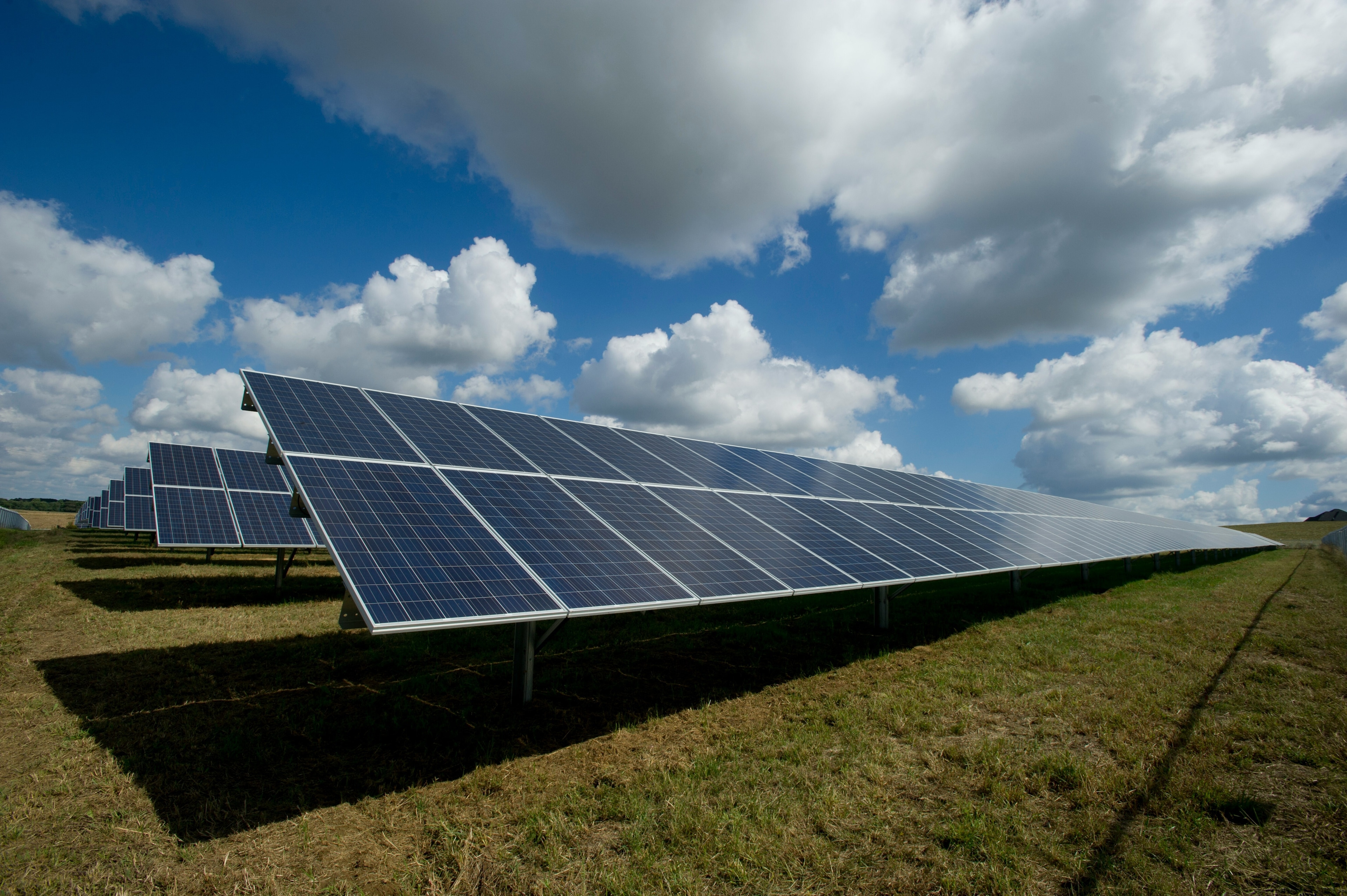This swappable battery tech is keeping India’s electric tuk-tuk drivers on the road

Battery swapping technology is a growing trend that could potentially turbocharge EV sales. Image: Microsoft

Get involved with our crowdsourced digital platform to deliver impact at scale
Stay up to date:
Electricity
- SUN Mobility, a tech start-up based in Bengaluru in Karnataka, India, is rolling out a swappable battery service for electric vehicles.
- It runs on the Microsoft Cloud and means drivers can replace depleted batteries in about the same time as traditional refuelling.
- Chinese automaker Nio has been rolling out battery-swapping technology since 2014.
- The Global Battery Alliance and the Circular Cars Initiative aim to make battery and auto manufacturing more sustainable.
Going to the gas station to refill your car with fuel is far faster than waiting hours for an electric vehicle to recharge – and will probably get you further.
This has been a major obstacle to the take-up of electric vehicles (EVs) – until now.
Battery swapping technology is a growing trend that could potentially turbocharge EV sales.
In India, Bengaluru-based startup SUN Mobility has developed a swappable battery the size of a shoe box and a network of 50 battery swapping stations across 14 cities.
Drivers subscribe to a pay-as-you-go battery subscription service run on the Microsoft Cloud. When their current battery runs low, they stop at swapping station to replace it with a fresh one.
The idea is the brainchild of Chetan Maini, who launched India’s first electric car, the Reva, after founding Reva Electric Car Company in 1996.
“If people are willing to rent homes and cars, I figured they’d be open to renting the battery, too,” Maini told Microsoft in a feature on the company.
Fuelling fares
For tuk-tuk (autorickshaw) drivers like Umesh Yadav, the innovation has been transformational.
“Switching from a regular electric autorickshaw to one that uses SUN Mobility’s battery five months ago has almost doubled his daily income from 1,000 Indian rupees (approximately $13) to 1,800 Indian rupees (approximately $25), even during the pandemic,” explains Microsoft contributing editor and writer Abhishek Mande Bhot. “He swaps the batteries twice or thrice a day and runs his autorickshaw till evening rush hours before returning home around 8 pm.”
In China, automaker Nio introduced battery-swapping technology in 2014 and had completed 500,000 battery swaps as of June 2020, according to Car and Driver magazine.
Nio’s Battery as a Service (BaaS) subscription model lets drivers have a fresh battery pack installed in an average of three to five minutes at one of its Power Swap stations.
Buying vehicles with "batteries not included" can also save drivers about $10,000 off the price of a vehicle.
Green potential
Batteries are a major driver in reducing the carbon footprint of the transport and power sectors. By 2030, batteries could deliver 30% of the carbon emission reductions needed in these sectors to realize the 2°C Paris Agreement goal, according to the Global Battery Alliance.
The Alliance is a collaborative public-private platform involving 70 organizations that was initiated by the World Economic Forum in 2017. Its vision is to establish a circular and responsible battery value chain to accelerate the deployment of batteries, and ensure they are produced responsibly and sustainably.
“Increasing the utilization and productive use of batteries is a crucial circular economy lever to meet climate goals in the transport and power industries,” says Global Battery Alliance Lead, Jonathan Eckart. “Such measures make the most of any carbon that is emitted in production and effectively reduce battery costs, thus boosting a faster battery adoption in electric vehicles, fleets and storage systems.”
Value vision
The Global Battery Alliance set out its vision in the report "A Vision for a Sustainable Battery Value Chain in 2030".
By 2030, the Alliance hopes the battery value chain will sustain 10 million additional safe, fair and good-quality jobs globally, of which more than 50% are in emerging economies. It would also like to see around $150 billion of economic value realized in 2030 by lowering battery costs. This would lead to a 35% rise in battery demand and faster deployment of batteries, multiplying their benefits.
Batteries could also provide affordable energy access for around 600 million people, reducing the gap of households without electricity by 70%.
At its Annual Meeting in Davos last year, the Forum and the World Business Council for Sustainable Development (WBCSD) also jointly formed the Circular Cars Initiative. This aims to cut emissions and maximize resource use in the design and manufacturing of vehicles through three workstreams in materials, policy and business models.
Don't miss any update on this topic
Create a free account and access your personalized content collection with our latest publications and analyses.
License and Republishing
World Economic Forum articles may be republished in accordance with the Creative Commons Attribution-NonCommercial-NoDerivatives 4.0 International Public License, and in accordance with our Terms of Use.
The views expressed in this article are those of the author alone and not the World Economic Forum.
Related topics:
The Agenda Weekly
A weekly update of the most important issues driving the global agenda
You can unsubscribe at any time using the link in our emails. For more details, review our privacy policy.
More on ElectricitySee all
Francisco Laverón, Randolph Brazier, Natalia Zabolotnikova and Xabier Mugarza Zorriqueta
March 26, 2024
Johnny Wood
February 8, 2024
Cristen Hemingway Jaynes
February 5, 2024
Jamie Wylie and Adrienne Gibbs
January 18, 2024
January 17, 2024








